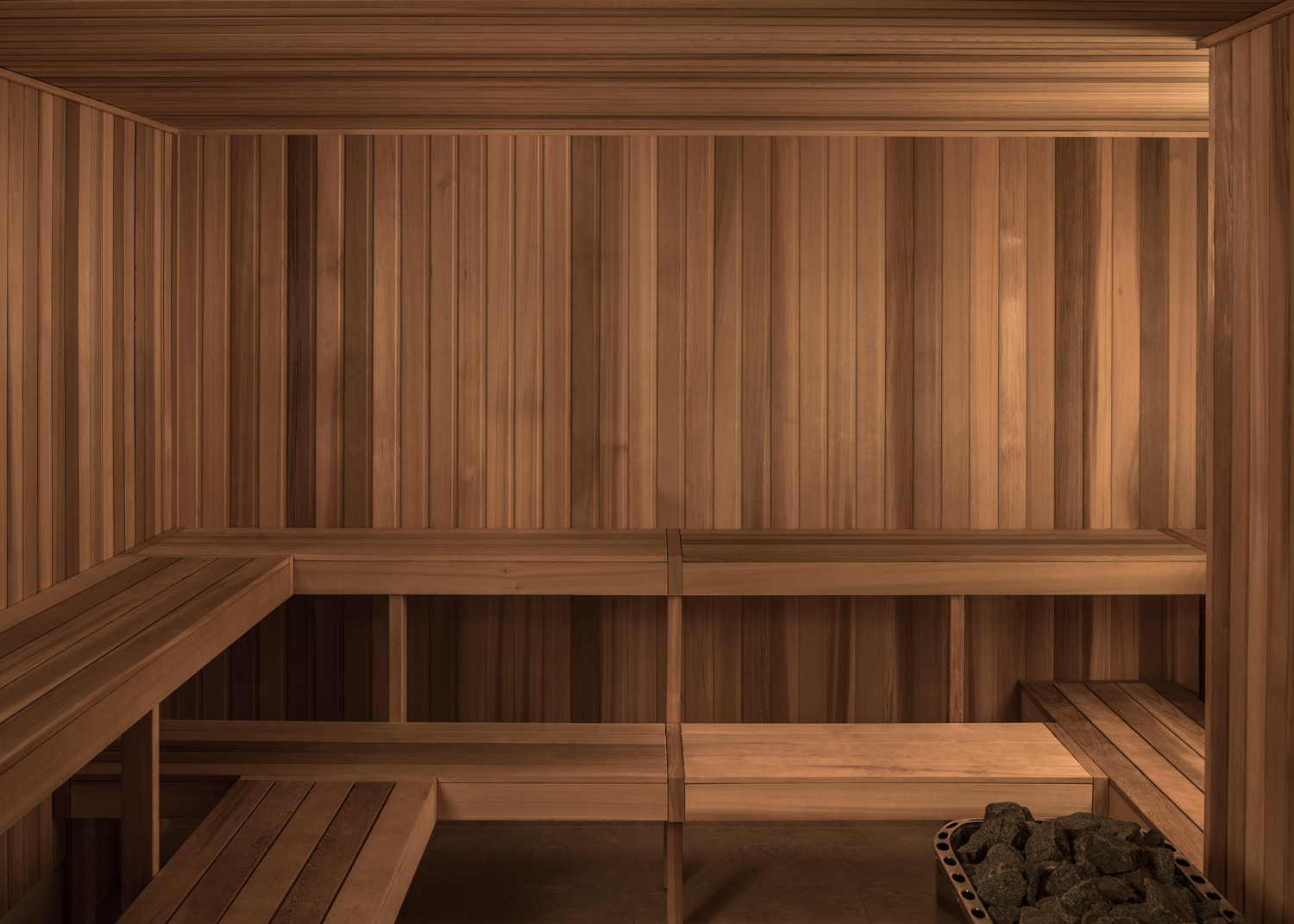Steam rooms and saunas both promise deep relaxation and a reset for the body, but they do it in very different ways. Knowing how each one works helps you pick the option that fits your health goals, comfort level, and lifestyle.
At a glance, saunas use dry heat while steam rooms use moist heat. That single difference changes the experience, the benefits, and even who should use each more carefully.
How steam rooms and saunas work

A traditional sauna heats the air to high temperatures, usually with a stove that warms stones, and humidity stays low. Your body cools itself mainly through sweating, so you feel intense warmth even though the air is dry.
A steam room runs at a lower temperature, but it is nearly 100 percent humidity. Instead of sweating evaporating quickly, moisture stays on the skin, creating a softer but very enveloping heat.
This difference affects breathing and comfort. Dry heat can feel sharper and hotter on the face, while moist heat can feel gentler at first but heavier over time.
Both environments increase circulation and raise core temperature, which is why they are linked to relaxation and recovery. The best choice depends on whether you prefer dry intensity or humid warmth.
Benefits for health, recovery, and skin

Saunas are excellent for muscle recovery and general stress relief. The dry heat encourages heavy sweating, which many people find cleansing and energizing after the session.
Regular sauna use is often associated with improved circulation and a feeling of loosened joints. Athletes and people with stiff muscles often prefer saunas because the heat penetrates deeply without sticky humidity.
Steam rooms shine when it comes to the respiratory system. The moist air can ease congestion and make breathing feel smoother, which is helpful in dry seasons or after a cold, as long as you are otherwise healthy.
Humidity is also kind to skin in a different way. Steam can hydrate the outer layer of skin and open pores, so many users report a softer, refreshed feel afterward.
Both sauna and steam sessions can support better sleep and lower stress when used responsibly. They work best as part of a routine that includes hydration and enough cool down time.
Key differences, safety tips, and how to choose

From a practical angle, saunas tend to be simpler to build and maintain because they do not require constant moisture control. Steam rooms need waterproof finishes, vapor barriers, and strong ventilation to avoid mold and damage.
Comfort wise, people who dislike high humidity usually prefer saunas. Those who find dry heat too harsh on the throat or sinuses often feel more comfortable in steam.
Session length also differs. Many users stay in a sauna 10 to 20 minutes per round with cooling breaks, while steam room sessions are often shorter because humidity can feel intense faster.
Safety matters for both. If you have heart issues, low blood pressure, are pregnant, or feel unwell, talk to a doctor before using either one.
Always drink water before and after, and leave immediately if you feel dizzy or nauseous. Never mix sauna or steam use with alcohol, and avoid long sessions as a beginner.
If you are leaning toward home wellness, deciding comes down to space, maintenance, and the type of heat you enjoy. Find here how to buy a sauna is worth checking if you want a clear path on sizes, heaters, and installation options that fit your home.
Conclusion
Saunas deliver powerful dry heat that many people love for recovery and deep sweating, while steam rooms offer humid warmth that supports breathing and skin comfort. Choosing the right one depends on your personal preference, health needs, and how much maintenance you want to manage at home.


